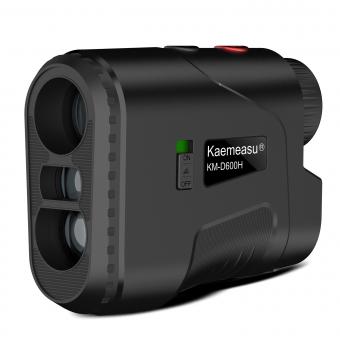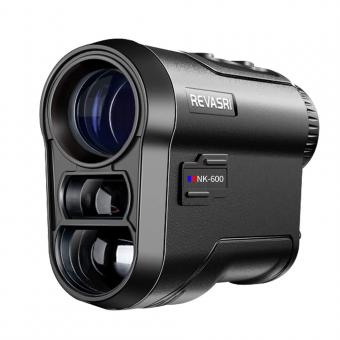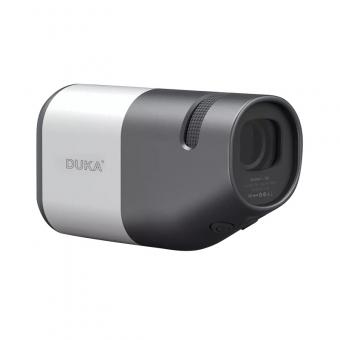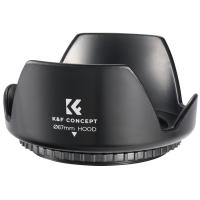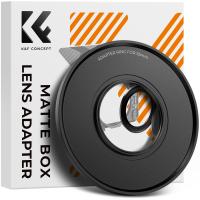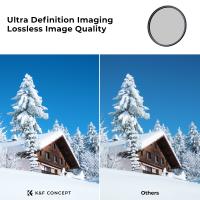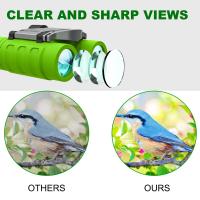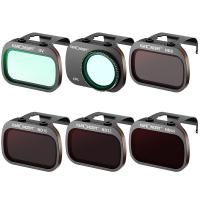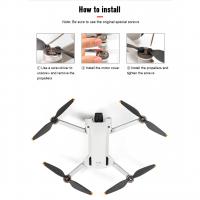How Does A Rangefinder Camera Work ?
A rangefinder camera works by using a system of mirrors and lenses to measure the distance between the camera and the subject being photographed. The photographer looks through the viewfinder and adjusts the focus until two images of the subject line up perfectly. This is achieved by moving a focusing mechanism until the two images are aligned. The distance between the camera and the subject is then read off a scale on the lens barrel, allowing the photographer to set the correct focus distance. Rangefinder cameras are known for their compact size, quiet operation, and precise focusing capabilities. They were popular in the mid-20th century and are still used by some photographers today.
1、 Optical mechanism
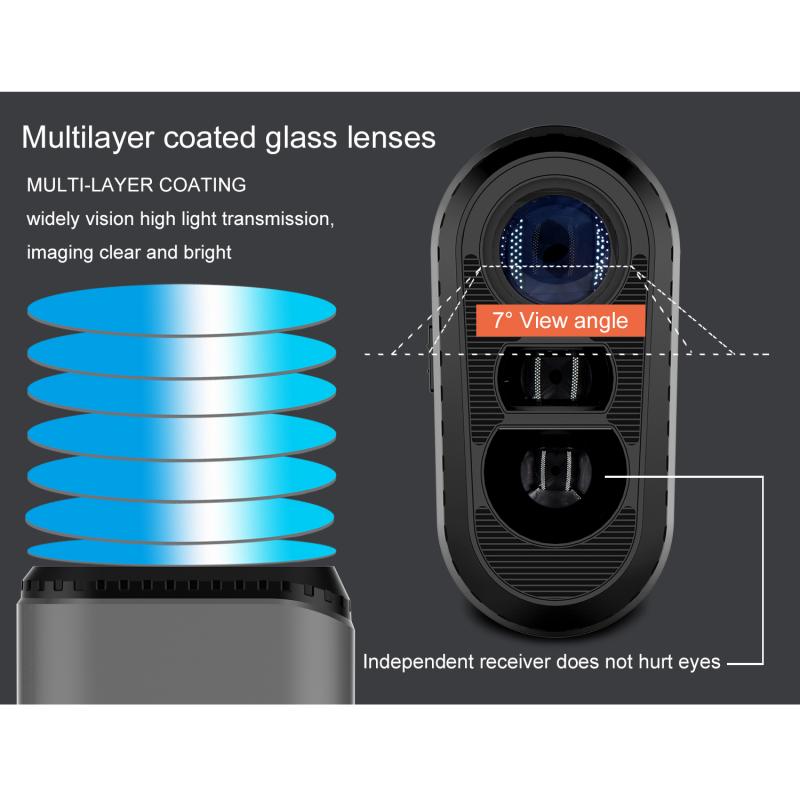
A rangefinder camera is a type of camera that uses an optical mechanism to measure the distance between the camera and the subject being photographed. The optical mechanism consists of two separate viewfinders, one for framing the image and the other for focusing. The focusing viewfinder is typically located on the top of the camera and is used to align two images of the subject, one from the left and one from the right. When the two images are aligned, the distance to the subject can be read off a scale on the focusing viewfinder.
The optical mechanism in a rangefinder camera is based on the principle of parallax. Parallax is the apparent shift in position of an object when viewed from different angles. In a rangefinder camera, the two viewfinders are positioned at slightly different angles, which causes the subject to appear to shift position when viewed through each viewfinder. By aligning the two images, the camera is able to calculate the distance to the subject.
The latest point of view on rangefinder cameras is that they are still popular among photographers who value their compact size, quiet operation, and precise focusing. However, they are less common than they once were due to the rise of digital cameras and autofocus technology. Some photographers still prefer the manual control and tactile experience of using a rangefinder camera, while others find them to be outdated and impractical. Overall, the optical mechanism in a rangefinder camera remains a fascinating example of how technology can be used to solve a specific problem in photography.
2、 Focusing system
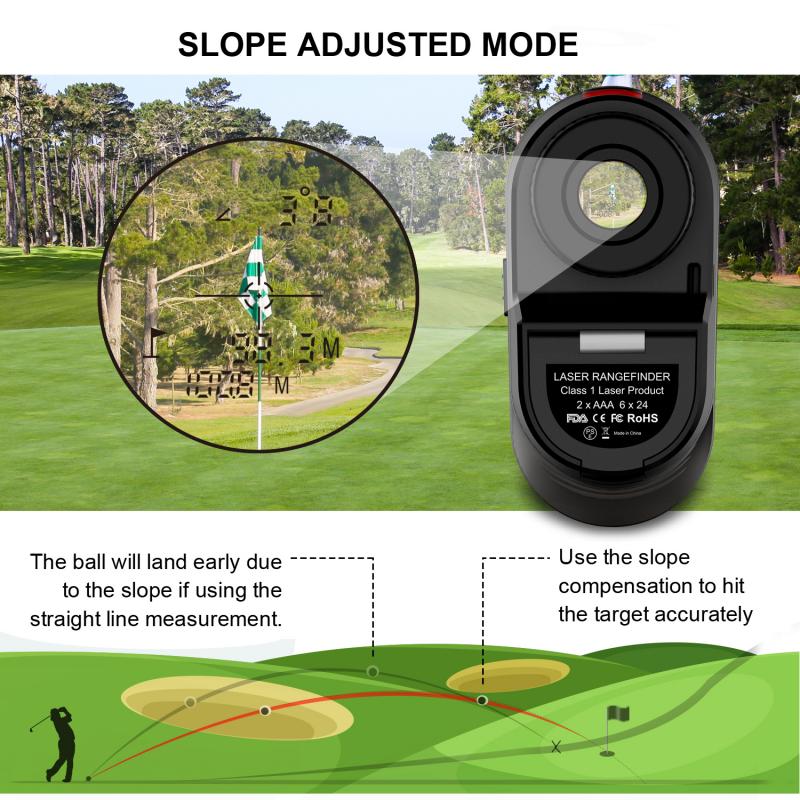
A rangefinder camera is a type of camera that uses a rangefinder focusing system to determine the distance between the camera and the subject being photographed. The focusing system works by using two separate optical paths to create a single image in the viewfinder. The first path is the main lens, which captures the image and projects it onto the film or digital sensor. The second path is a rangefinder mechanism that uses a series of mirrors and prisms to split the image and create two separate views of the subject.
The two views are then overlaid in the viewfinder, creating a double image that can be adjusted by the photographer to align the two images. This alignment is achieved by turning a focusing ring on the lens, which moves the lens elements closer or further away from the film or sensor. Once the two images are aligned, the distance between the camera and the subject can be read off a scale on the lens barrel, allowing the photographer to set the correct focus distance.
One of the advantages of a rangefinder camera is its compact size and quiet operation, making it a popular choice for street and documentary photography. However, the rangefinder focusing system can be less accurate than other focusing systems, particularly at close distances or with wide-angle lenses. Some modern rangefinder cameras have addressed this issue by incorporating electronic viewfinders or hybrid focusing systems that combine the rangefinder mechanism with autofocus technology.
3、 Distance measurement
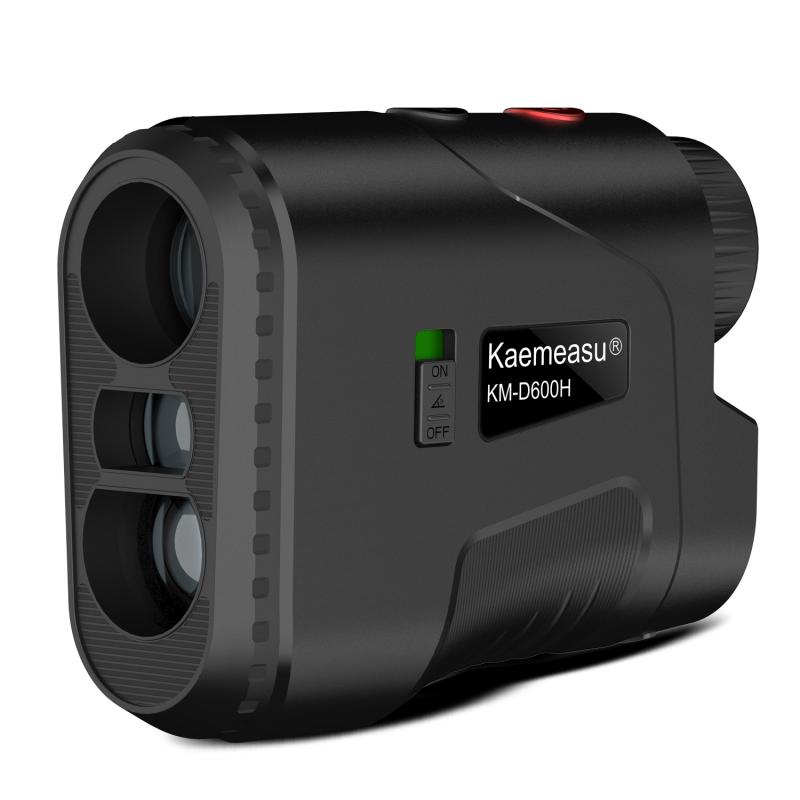
A rangefinder camera is a type of camera that uses a rangefinder mechanism to measure the distance between the camera and the subject being photographed. The rangefinder mechanism works by using two separate optical paths to create two slightly different images of the subject. These images are then overlaid on top of each other, and the photographer adjusts the focus until the two images are perfectly aligned. The distance between the camera and the subject can then be read off a scale on the camera.
The rangefinder mechanism is typically located in the viewfinder of the camera, which allows the photographer to see the subject and the overlaid images at the same time. This makes it easier to focus on the subject and get a sharp, clear image.
In recent years, there has been a resurgence of interest in rangefinder cameras among photographers who appreciate their simplicity and precision. Many modern rangefinder cameras have been updated with new features and technologies, such as digital sensors and electronic viewfinders, while still retaining the classic rangefinder mechanism.
Overall, the rangefinder camera remains a popular choice for photographers who value precision and simplicity in their photography. Whether shooting film or digital, the rangefinder mechanism provides a reliable and accurate way to measure distance and achieve sharp, clear images.
4、 Viewfinder display
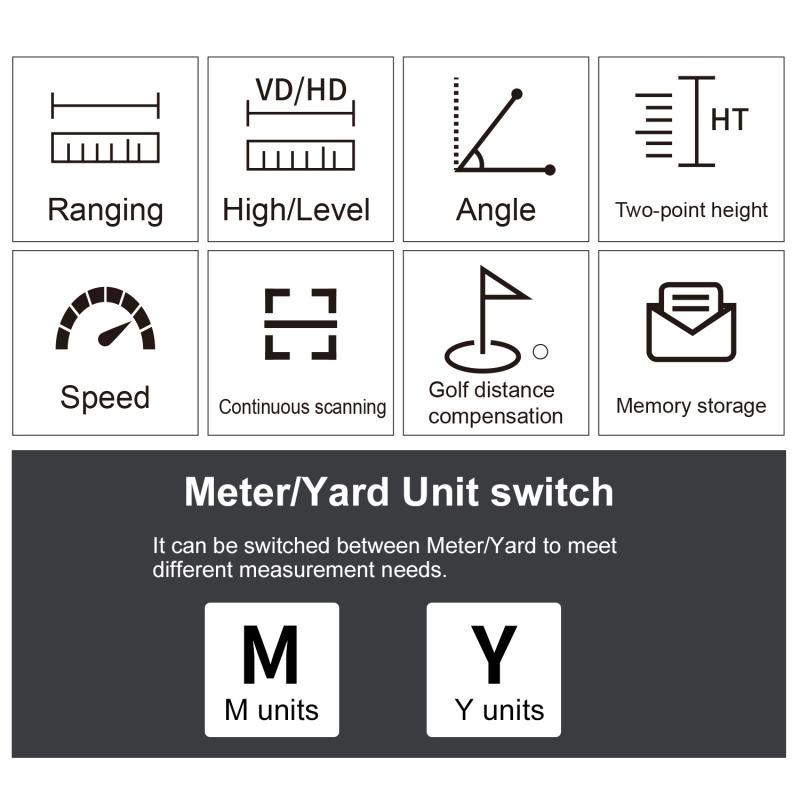
How does a rangefinder camera work? A rangefinder camera is a type of camera that uses a rangefinder mechanism to measure the distance between the camera and the subject being photographed. This mechanism consists of two separate viewfinders, one for framing the shot and the other for focusing. The viewfinder display is typically a split-image rangefinder, which allows the photographer to align two images of the same subject to determine the distance between the camera and the subject.
When the photographer looks through the viewfinder, they see two images of the same subject. By adjusting the focus ring on the lens, the photographer aligns the two images until they merge into one. The distance between the camera and the subject is then read off a scale on the lens barrel, allowing the photographer to set the correct focus distance.
The rangefinder mechanism is particularly useful for street photography and other types of photography where speed and accuracy are important. It allows the photographer to quickly and accurately focus on a subject without having to rely on autofocus systems, which can be slow and inaccurate in certain situations.
In recent years, rangefinder cameras have seen a resurgence in popularity among photographers who appreciate their simplicity, compact size, and high-quality optics. Many modern rangefinder cameras also feature digital sensors and advanced features such as electronic viewfinders and autofocus systems, making them a versatile tool for photographers of all levels.




